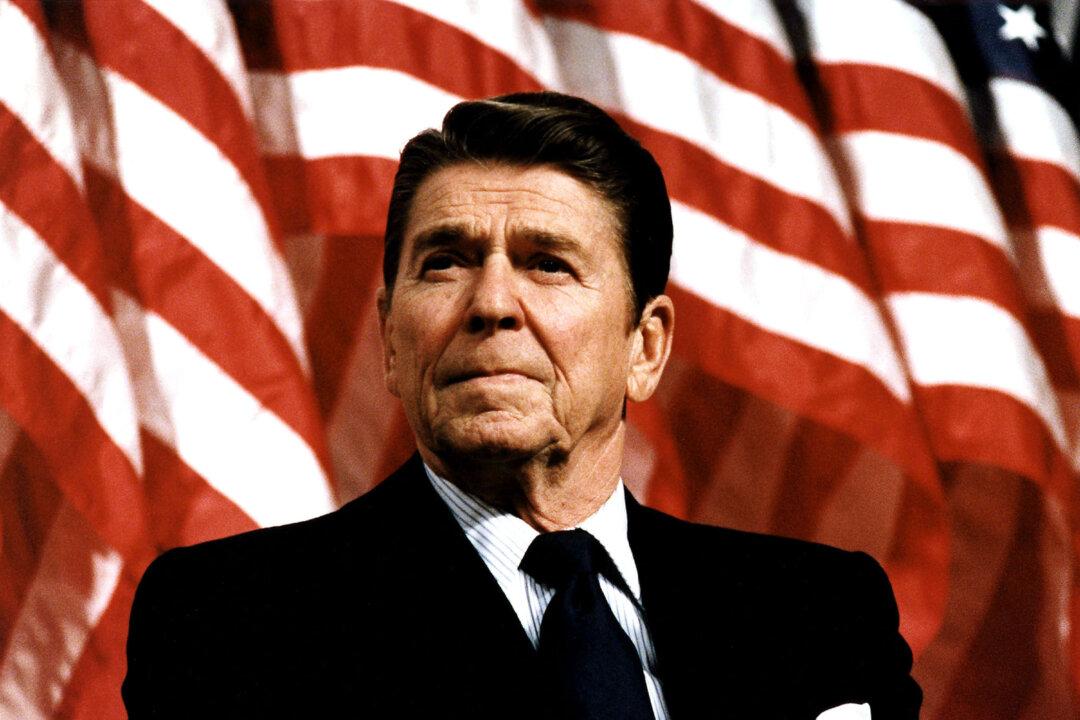Commentary
People tell me all the time: Stop talking about Ronald Reagan. No one remembers that stuff. It’s a bit like feeling nostalgic for Calvin Coolidge. We have to move on with new messaging and new themes.

People tell me all the time: Stop talking about Ronald Reagan. No one remembers that stuff. It’s a bit like feeling nostalgic for Calvin Coolidge. We have to move on with new messaging and new themes.